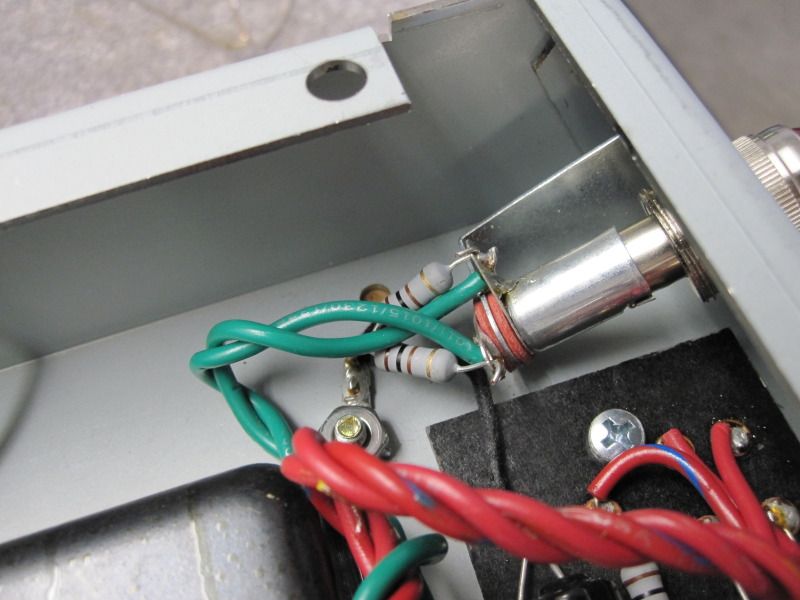I was going to build a 5F1 for my first build, but I came across a great deal on one already built so I grabbed it. It sounds terrific but has a little more hum than I think is normal. The hum is actually buzz from 0-10 but switches to hum on 11 and 12. I've skimmed across some tricks to narrow down how to figure diagnose where the hum is coming from but I'm not fully sure about these tricks. The buzz definitely gets louder as I turn up the volume. Someone mentioned turning the amp on with various tubes removed to figure out if the hum is from the pre-amp or not. Does that make sense?
I also think the lead dress can greatly be improved. In the pictures the green wires (are these the grounds?) can benefit from better twisting. Will that help reduce the buss by twisting ground wires? Another area I see that can be improved are the wires running out of the 12ax7 tube. It looks like a birds nest. Most other builds have the wires running down from the solder tabs as to not cross each other. Should I bother re-wiring this tube so that the wires aren't crossing each other as much?
Also, when the volume is up there is a rattle somewhere in the chassis. I can't tell where its coming from but all the solder tabs in the 3 tube sockets are totally loose and can be moved around. On my other amps there are tight and don't move. Could these tabs possibly be rattling at volume? If so, should I superglue them or is there a way to tighten them?
Thanks for any help!



I also think the lead dress can greatly be improved. In the pictures the green wires (are these the grounds?) can benefit from better twisting. Will that help reduce the buss by twisting ground wires? Another area I see that can be improved are the wires running out of the 12ax7 tube. It looks like a birds nest. Most other builds have the wires running down from the solder tabs as to not cross each other. Should I bother re-wiring this tube so that the wires aren't crossing each other as much?
Also, when the volume is up there is a rattle somewhere in the chassis. I can't tell where its coming from but all the solder tabs in the 3 tube sockets are totally loose and can be moved around. On my other amps there are tight and don't move. Could these tabs possibly be rattling at volume? If so, should I superglue them or is there a way to tighten them?
Thanks for any help!






Comment